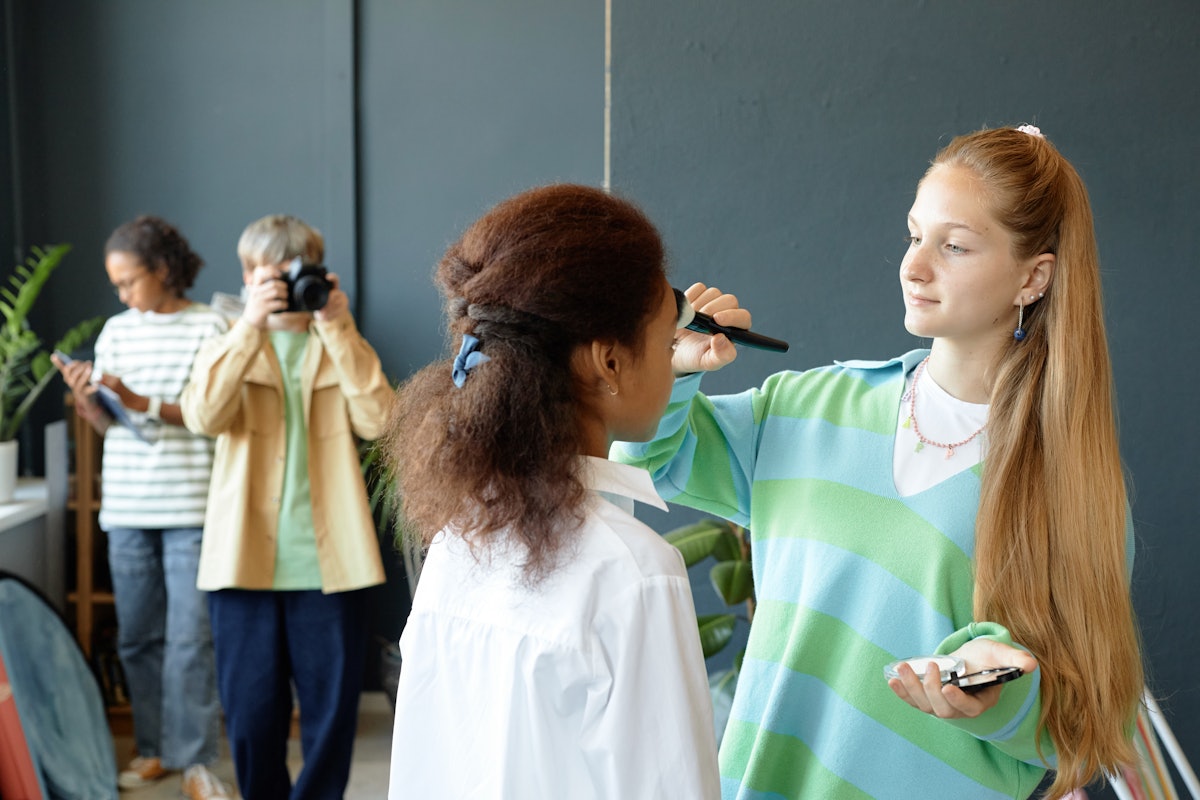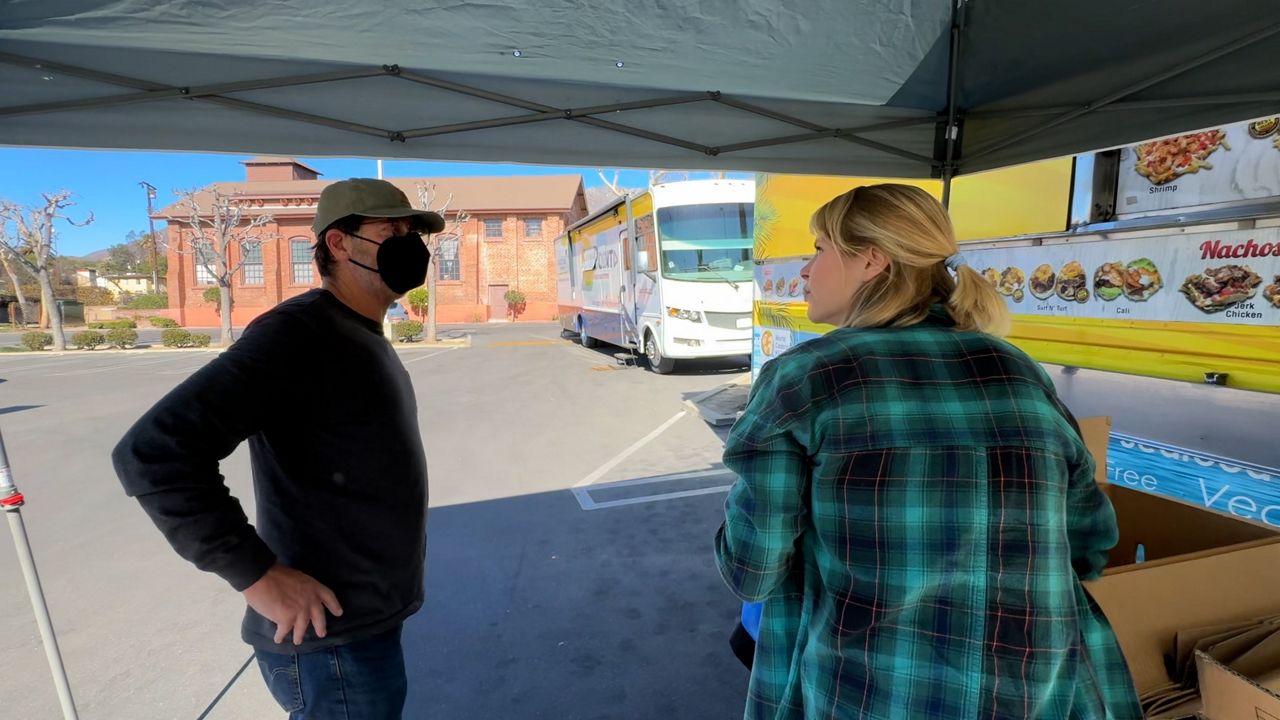
In its recently published 50th semi-annual “Talking Sock with Teens” survey, conducted in collaboration with DECA, The Piper Sandler Companies provides a comprehensive analysis of U.S. teen spending trends for Fall 2025. The survey reveals a nuanced picture of changing consumer habits among American adolescents, reflecting both economic pressures and evolving preferences within the beauty sector.
The survey indicated that the average core wallet for teens has experienced a slight decline of 2% year-over-year, now standing at 6. This reduction in available spending money suggests a tightening of financial resources among this demographic, which is echoed in their overall annual spending that has dropped to ,213—a decline of 6% from the previous year. The decrease has been characterized as part of a broader trend, with teen spending decreasing by an average of 1% over the last decade, a clear indication of shifting economic realities.
Among beauty brands, e.l.f. Cosmetics has successfully maintained its position as the leading cosmetics brand for teen females, witnessing an increase of 1 percentage point in mindshare compared to the previous survey. Rare Beauty, helmed by pop star Selena Gomez, follows as a distant second. This competition underscores the influence of celebrity branding and social media in shaping beauty preferences and spending patterns among younger consumers.
Shopping destinations are also shifting, with Sephora emerging as the top choice for beauty retail, gaining 2 percentage points in mindshare. Following Sephora, Ulta Beauty remains a popular alternative, while Target ranks third—a consistent position for the retailer within this demographic. Sephora’s strategy appears to be particularly focused on attracting Generation Alpha shoppers, indicating a proactive approach towards engaging younger consumers who are just beginning their shopping journeys.
“These findings from our Fall 2025 Teen Survey provide critical insights into adolescent spending behaviors and their implications for the economy,” stated Anna Andreeva, managing director and senior research analyst at Piper Sandler. She noted the positive growth in the clothing category for upper-income teens, predominately driven by female consumers, while the footwear market showed stability following previous declines.
As brands and retailers adapt to these evolving trends, they must navigate the dual challenges of economic uncertainty and the heightened expectations of a tech-savvy, socially conscious youth market. The insights derived from Piper Sandler’s survey will prove invaluable for stakeholders seeking to align their strategies with the latest consumer preferences and economic indicators.


